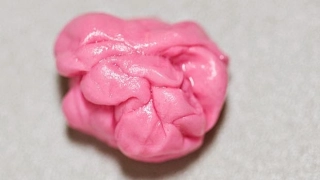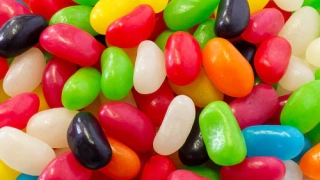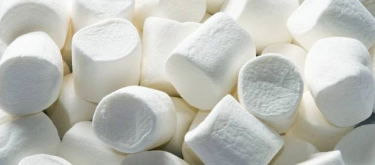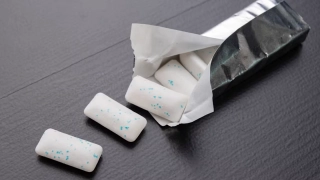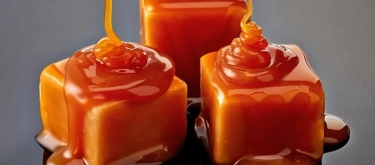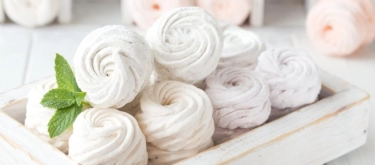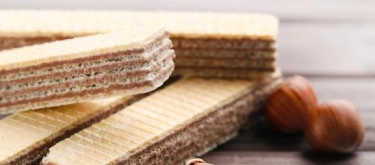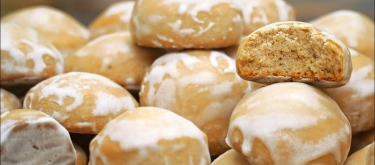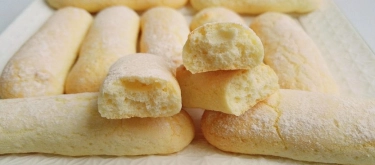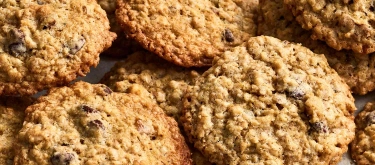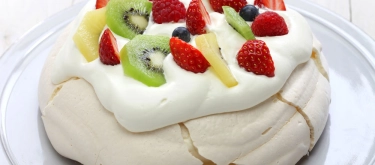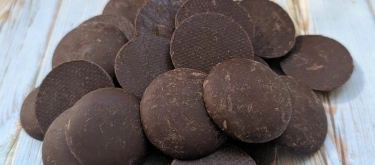Cotton candy: Taste Profile, Aroma, Benefits and Health Risks
Cotton candy, also called fairy floss or candy floss, is a classic carnival treat made by spinning sugar into thin, airy threads. First introduced in the early 1900s, it quickly became a symbol of fairs, circuses, and amusement parks. Its popularity lies not only in its bright colors and fun appearance but also in its unique melt-in-the-mouth sweetness.
Cotton candy consists almost entirely of sugar, with added food coloring and flavorings. It is gluten-free and usually dairy-free, but not suitable for people with diabetes or those who need to limit sugar intake. Excessive consumption is not recommended for children due to high sugar content.
What does Cotton candy taste like?
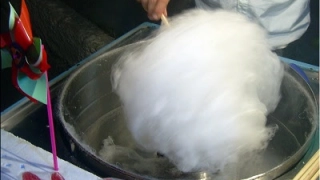
Complete Sensory Description
-
Taste: Cotton candy delivers an immediate, concentrated sweetness. Unlike granulated sugar, which feels heavy and crystalline, cotton candy tastes lighter, almost ephemeral, as it melts instantly. Depending on added flavors, it may carry subtle undertones of vanilla, strawberry, grape, or bubble gum. The sweetness is sharp, direct, and short-lived, leaving a syrupy aftertaste.
-
Aroma: Strongly sweet with a caramelized sugar base, often layered with artificial fruit esters (grape, strawberry) or vanillin, giving it a candy-shop smell. Some describe the aroma as “burnt sugar meets bubble gum”.
-
Texture: Airy, cloud-like, and extremely delicate. On the tongue, it disappears in seconds, transforming into a thin syrup film that coats the mouth. Handling with fingers creates stickiness, as sugar rapidly absorbs moisture.
-
Appearance: Vibrant colors (typically pink, blue, or multicolored), fluffy volume, spun around a paper stick or packed into transparent bags. Its shape resembles a cloud or plume, emphasizing its playful, whimsical character.
In-depth Flavor Analysis
The flavor experience of cotton candy comes from the physical transformation of sugar crystals into ultra-fine threads. This process creates unique taste and texture sensations:
-
Caramelization compounds (furans, maltol) → give the slightly toasted, caramel-like base.
-
Artificial esters (methyl anthranilate for grape, ethyl butyrate for strawberry, isoamyl acetate for banana) → add fruity candy notes.
-
Vanillin and ethyl maltol → provide vanilla-like smoothness and enhance perceived sweetness.
-
Microscopic structure: because the threads are thinner than human hair, they dissolve almost instantly, giving an explosive sweetness that vanishes as quickly as it arrives.
This combination explains why cotton candy feels lighter than sugar but tastes sweeter: rapid dissolution maximizes sweetness perception, while the airy texture creates an illusion of volume without substance.
Varieties & Ways to Enjoy
-
Classic pink and blue: vanilla and berry flavors.
-
Gourmet versions: infused with chocolate, coffee, tropical fruit, or even champagne flavoring.
-
Modern uses:
-
Cocktail garnish (melts dramatically when liquid is poured).
-
Dessert topping (cakes, ice cream, cupcakes).
-
Novelty products like cotton candy grapes, a hybrid grape variety bred to mimic the flavor.
-
Selection & Storage
-
Selection: Fresh cotton candy should be airy, fluffy, and voluminous, not collapsed or sticky. Colors should appear bright, not faded.
-
Storage: Extremely sensitive to humidity. Best consumed fresh. In sealed containers at dry room conditions, it may last 1–2 days before crystallizing. Industrially packed cotton candy in airtight packaging can last several weeks, though the texture becomes denser.
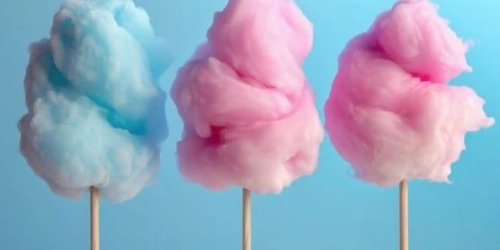
Nutritional Insights
-
Calories: ~110–120 kcal per 30 g serving (about one typical cotton candy).
-
Macronutrients: almost 100% carbohydrates (pure sugar). No protein, no fat.
-
Micronutrients: negligible, cotton candy provides no vitamins or minerals.
-
Glycemic Index: very high → causes a quick blood sugar spike followed by a rapid drop.
-
Special notes: safe for people with gluten or lactose intolerance, but unsuitable for those with diabetes or blood sugar regulation issues.
Interesting Facts & History
-
Cotton candy was invented in 1897 by dentist William Morrison and confectioner John Wharton.
-
It debuted at the 1904 World’s Fair in St. Louis as “Fairy Floss”, becoming an instant hit.
-
The name “cotton candy” became standard in the U.S., while “candy floss” is used in the U.K. and “fairy floss” in Australia.
-
In Japan and Korea, rainbow-colored giant cotton candy clouds are popular as street food.
-
Cotton candy grapes, developed in California in the 2010s, mimic the same sweet taste and became a viral sensation.
Benefits & Health Risks
Benefits
-
Provides quick energy.
-
Fat-free and cholesterol-free.
-
Nostalgic cultural treat tied to fun, fairs, and festivals.
Health Risks
-
Extremely high in sugar, promoting tooth decay, obesity, and diabetes.
-
No nutritional benefits (lacks vitamins, minerals, fiber).
-
Sticky texture may pose a choking risk for small children.
Psychology of Taste & Experience
Cotton candy is less about flavor complexity and more about emotional impact. Its airy sweetness creates an association with childhood, joy, and celebration. The playful colors and melting sensation add a sense of magic and novelty. For many, it is tied to nostalgia, recalling fairs and circuses. This explains why cotton candy remains popular despite its lack of nutritional value: it satisfies emotional and sensory curiosity rather than hunger.
Cultural & Dietary Considerations
-
Islam & Judaism: Generally permissible (halal/kosher) if flavorings and colorings meet dietary requirements.
-
Christianity: No restrictions.
-
Globally seen as a festive food tied to carnivals, fairs, and childhood celebrations.
Final Thoughts
Cotton candy is less about complex flavor and more about experience: sudden sweetness, instant melt, and the nostalgic feel of fairs and carnivals. It symbolizes joy, fun, and fleeting indulgence rather than nutrition or satiety.
Resources
-
Goldstein D. Sweet Invention: A History of Dessert. ISBN 9780061882856
-
Smith AF. Sugar: A Global History. ISBN 9781780230092
-
Albala K. Food: A Cultural Culinary History. ISBN 9781611921602
